Last week there was a huge orchid exhibition/sale going on in the Assiniboine Conservatory. While everyone was posting his/her pictures of the orchids, I thought that posting even more of them at the same time would be kind of overkill.

So, if after a week the orchids have faded from our memories, it’s time to revive them a bit. Take a look inside…
The name “orchid” comes from the Greek "órkhis," literally meaning "testicle," because its root has a similar shape. The term was introduced in 1845 by John Lindley in "School Botany”. See here for more details.
But, what’s in a name?
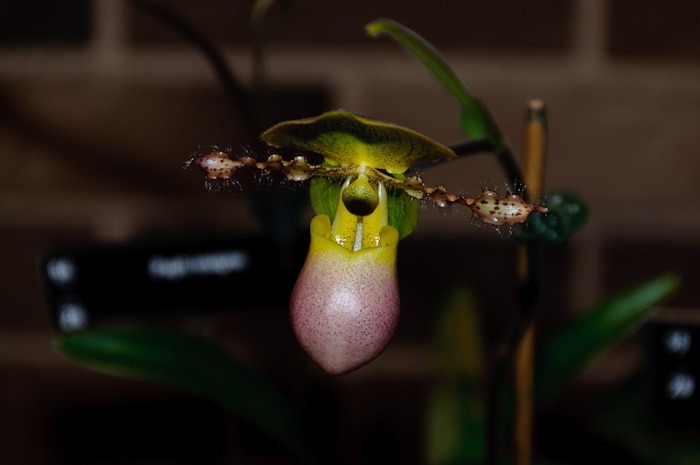
So, instead of showing myself as an orchid expert, which I am by no means, I thought it would be a better idea to show off a little of my photography skills using these fairly inanimate orchids as models.
About a year ago I acquired a brand new SB600 Speedlight for my camera. Apart from a few sessions for headshots I haven’t had a lot of opportunities to use it. So the orchid exhibition was a good reason.
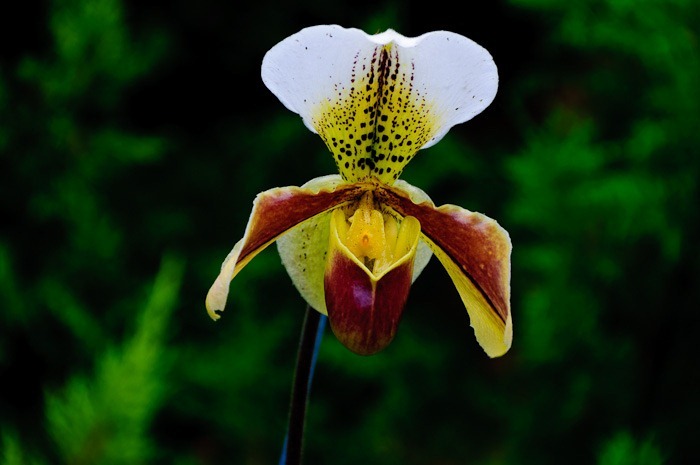
I have read a lot about flash photography and wanted to try out a few of the principles of using that flash. The SB600 is triggered by my on-camera flash set to commander mode and so does not add any light to the picture.
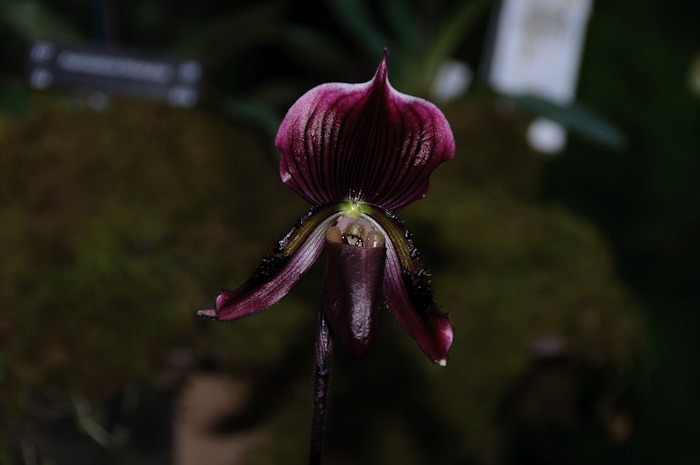
I was one of the only people to use an off-camera flash in the conservatory that morning. Others were using their on-camera flashes, often also with good results.

In my case I was looking for a specific effect, namely lighting the flowers and have them stand out against a nearly black background. The morning was bright and sunshine was everywhere. There was no way to take a picture and isolate the flowers from the background using an f5.6 aperture, which is my maximum aperture at 200mm. So it was no to the bokeh adventure.
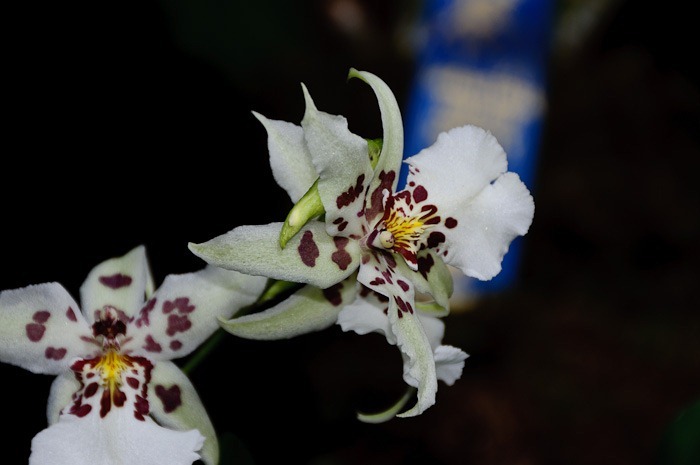
I don’t have a specialised macro lens or any expensive f2.8 glass, so I had to find a different way of isolating the flowers from their brightly lit backgrounds.
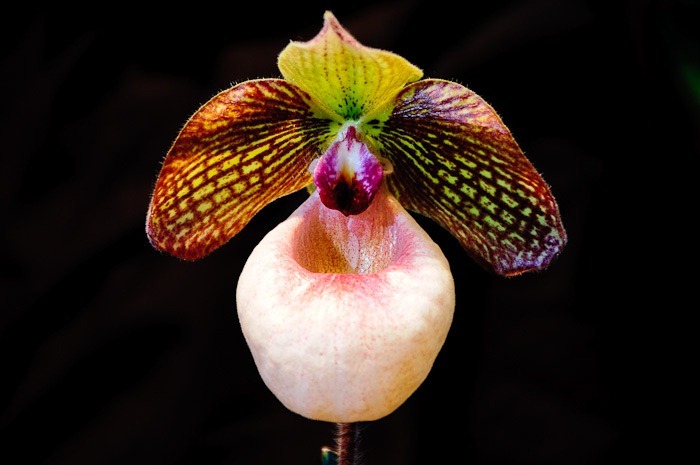
The method used here is to place the camera in manual mode and light only what is necessary. By raising the shutter speed fast enough, the ambient light will become less and less important. In other words I am under-exposing my picture. Except for the subject, that is. In this way I get a nice separation of my flowers from their background.

This lighting technique is more or less successful depending on the closeness of that background.
As you already know, I have no idea as to what names these flowers have. The only way for me to know was to read the cards that were stuck to the plants. And even then I had no idea of what I was reading. These plant names all have a curious mix of Greek and English, with a bit of pharmacy-Latin thrown in the mix.
So I won’t try to name any of these magnificent flowers or plants. I would mess up their names and angry many of the orchid experts and lovers. No use in that, is there?
Just enjoy them and keep the memories.

We were given a nice opportunity by Rob from the Manitoba Orchid Society to take pictures with cameras on tripods, one hour before the opening of the exhibition. This gave birth to a lot of tripods in a relatively small space. Happy enough I always have my hands close to my camera. Some people just don’t know where their feet are in such an environment.
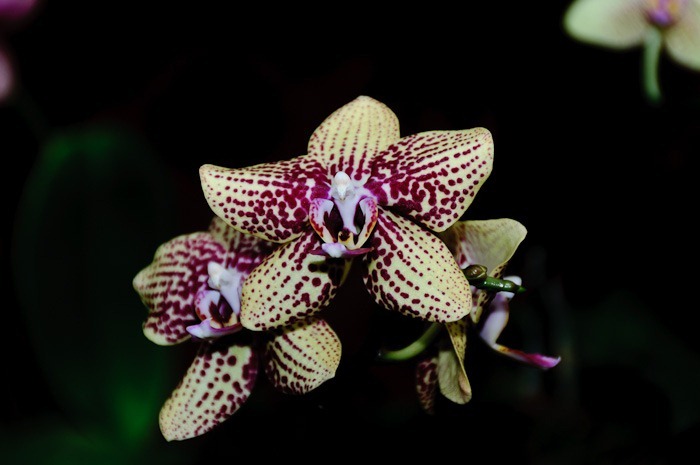
Many of these flowers have such vivid colours that the camera has some difficulties to reproduce them. At least if you try to do it my way. Having a black background does not give much colours for a correct colour balance to a camera.
So a small trip in Lightroom to make sure the colours were as vivid as possible without being totally unnatural, these are my results.
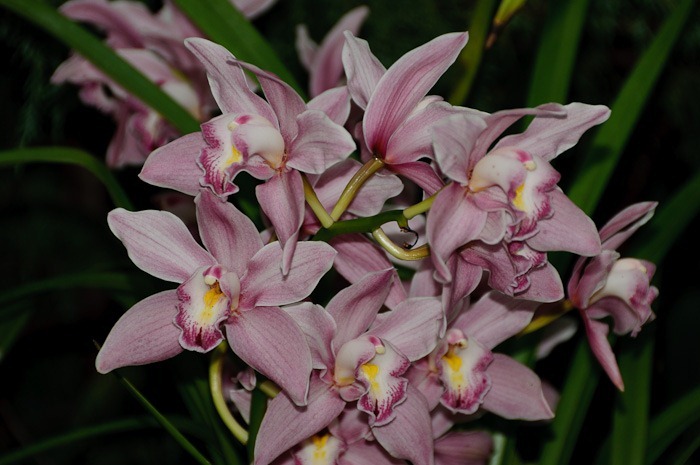
Some of the flowers had really pastel soft colours. All of them were united in this exhibition, so the result was quite interesting.
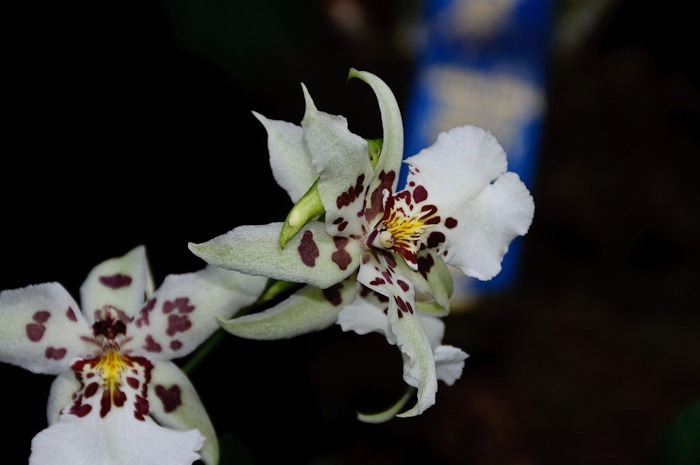
Backgrounds not always stay out of the way, even with my SB600.
Some of the orchids don’t look like the typical orchids. I always imagined orchids with twisted colours and twisted petals. This one looks like a flower my parents had when I was a kid. But I guess that that plant was definitely not an orchid.

This one is. Just to add to the beauty of these flowers, none of these pictures have had any Photoshop applied, not even to remove portions of other flowers in the frame.
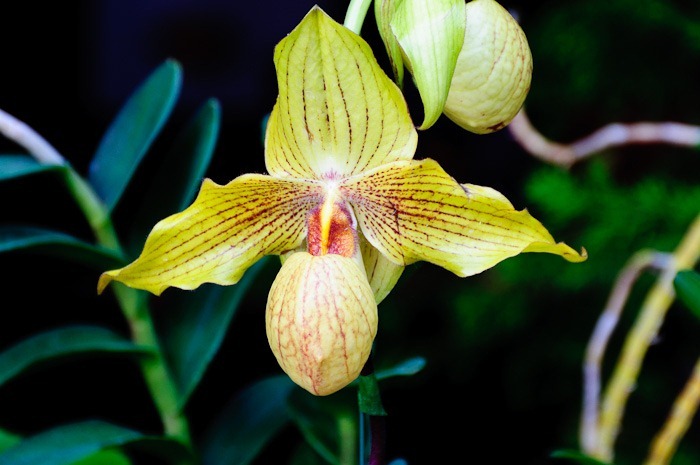
This is the type I imagined as an orchid. As this was one of my first pictures, the background separation is not as effective as it should have been. Other photographers with more tripod feet than I cared for so close to my camera quickly moved in. So I moved on.
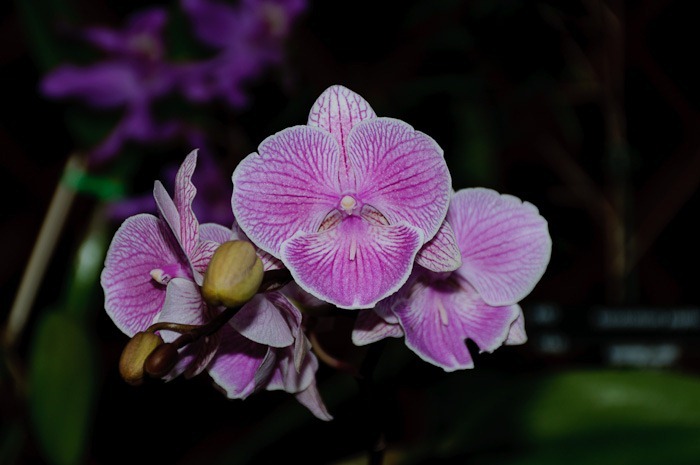
Just to show that there are so many different forms and varieties, this last picture also did not spark my imagination as an orchid. However, it got a 2nd or 3rd prize in the exhibition contest. So it is an orchid as well.
I hope you enjoyed this little tour, see you next time!
